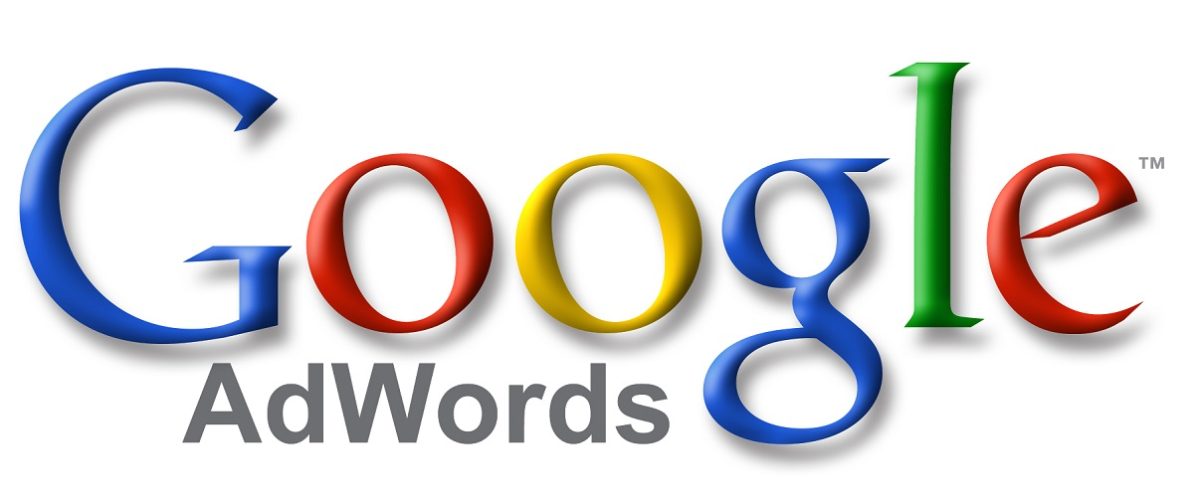Google is the best search engine platform to run your PPC ads. It even provides its own online advertising platform; Google Ads to create pay-per-click ads and reach millions of potential customers.
You can manage accounts, create campaigns, and bid on keywords. With myriads of features and effective optimization techniques, Google Ads is an effective lead and sales generation machine.
If you’re just starting your journey to run a Google Ads campaign, be wary of the pitfall of fatal mistakes that can ruin the success of your campaign. By learning early on how to avoid these grave mistakes, you can focus on your campaign goals.
In this blog, we’re going to discuss 8 common mistakes that are ruining the success of your Google Ads campaign.
8 Common mistakes ruining your Google Ads campaign
If you want your ad campaign to perform well and the conversion rates to soar, then be wary of falling prey to the following common mistakes.
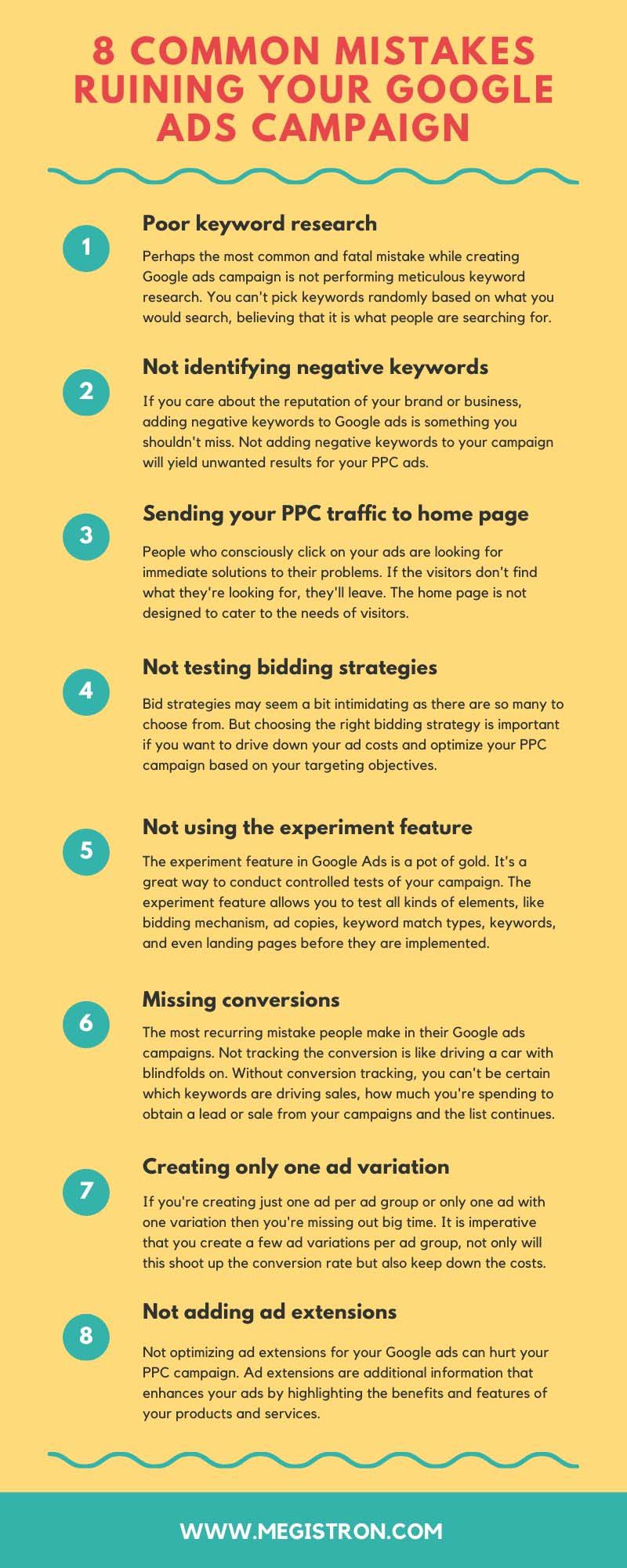
Poor keyword research:
Perhaps the most common and fatal mistake while creating Google ads campaign is not performing meticulous keyword research. You can’t pick keywords randomly based on what you would search, believing that it is what people are searching for. Thus, you should use tools like Google’s Keyword Planner to find relevant keywords suited to your brand or business.
Not to mention, it is also imperative that you select the right match types for your keywords. You would want to avoid broad match type at all costs, as they do no good for your campaign. They just bring irrelevant traffic shooting up the costs and CPA while the overall rank of your account tanks.
Understanding keyword match types is essential if you want your Google ad campaign to be thriving. Using a mixed bag of keywords doesn’t necessarily guarantee campaign success. You can use 15-20 basic, high-search volume keywords and use them in all three variants, i.e., broad match modifier, phrase match, and exact match. The quality of clicks and the traffic you get from the keywords are more important than the quantity. You should also focus on creating distinct ad groups with their own keywords to target specific landing pages.
Keyword research is the most crucial part of the success of your ad campaign. Using the relevant keywords with the right keyword match type will help you connect with the audience. So take the time to get it right.
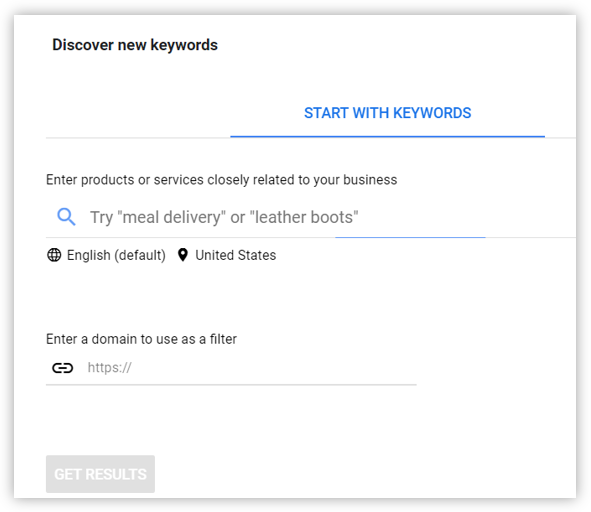
Not identifying negative keywords:
If you care about the reputation of your brand or business, adding negative keywords to Google ads is something you shouldn’t miss. Suppose if you go to a restaurant that specifically serves Chinese food but the menu is erroneous and has a mix of Chinese and Mexican food, then that would impact the reviews of the restaurant negatively. It will also bring unwanted customers who want to Mexican food when the restaurant only serves Chinese. Not adding negative keywords to your campaign will yield similar unwanted results for your PPC ads.
Identifying negative keywords in your Google ads campaign prevents your ads from showing up on the search engine results page for certain terms, thus only bringing relevant traffic. Use Google Ads Search Terms report to identify negative keywords to update and monitor your negative keyword list daily or on a weekly basis.
You can also perform a Google search for your basic keywords to uncover more negative keywords. The results on the first page of search engine results pages (SERPs) is information that Google considers to be of quality and relevant to the search query. So if you identify any such terms that do no good for your ad campaign, then add those terms to your negative keywords list.
Building upon a negative keywords list is imperative for your ad campaign as they help in improving click-through-rate (CTR), thus impacting the quality score positively. They also exclude irrelevant traffic, in turn, maximizing the effectiveness of your PPC spend.
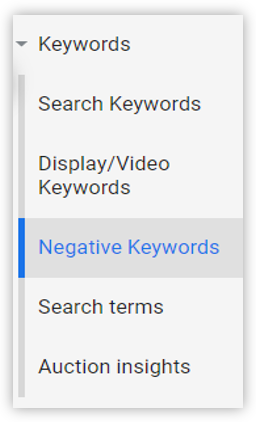
Sending your PPC traffic to the home page:
Imagine you’re hungry and you see a restaurant, but when you enter inside, it’s not the dining room. Then, you’re told that you’ll have to look for the dining room by yourself with no help from the staff. Frustrating, right? Wouldn’t you storm out of such a restaurant immediately? It’s the same with PPC ads.
People who consciously click on your ads are looking for immediate solutions to their problems. If the visitors don’t find what they’re looking for, they’ll leave. The home page is not designed to cater to the needs of visitors. Directing the visitors to home page instead of landing page can damage your quality score as a good landing page experience is determiner of quality score. So, now we understand that it’s a grave mistake ruining your campaign.
The purpose of the landing page is to convert the visitors into leads. The wordings on your landing page must follow through on the ad, as the content of your landing page and its relevance to your PPC ad affects your quality score. Creating a dedicated landing page for your PPC campaign establishes a harmonious connection between the search term to your ad and your landing page. This, in turn, will improve your ability to convert visitors.
We suggest that you create a good landing page to send your traffic. Keep the following points in mind –
- Minimize navigation so the traffic gets to the product/service immediately, thus reducing distractions.
- Prompt action by placing well-designed call-to-actions (CTAs).
- Optimize for mobile users.
Not testing bidding strategies:
Bid strategies may seem a bit intimidating as there are so many to choose from. But choosing the right bidding strategy is important if you want to drive down your ad costs and optimize your PPC campaign based on your targeting objectives. Choosing the wrong bid strategy will not only cost you the budget but also tank your ad campaign.
There are many bidding options offered by Google Ads that you can accommodate in your PPC campaign, for example cost-per-acquisition strategies, cost-per-click strategies, maximize conversion strategy, etc. Most PPC advertisers prefer to use manual cost-per-click (CPC), as with this type of strategy you get more control over your bids. To start out, you can also test automated bidding features if you’re unsure to set bids manually.
Each bid strategy works differently and targets different objectives which is why it is imperative that you set a goal you want to achieve. Your campaign goals may change over time, but updating your bid strategy according to it will help you stay focused and avoid going astray or over budget. If your goal is to increase conversion then try conversion based strategies like target CPA, maximize conversion, or target ROAS. Strategies like maximize clicks and enhance CPC work best if you want to drive traffic. If your goal is to garner impressions, then try impression-based strategies like target search page location or target outranking.
All-in-all, there is no one size fit all approach to select the best bidding option. So try different strategies to determine what works best for your ad campaign.
Not using the experiment feature:
The experiment feature in Google Ads is a pot of gold. It’s a great way to conduct controlled tests of your campaign. It’s a shame that not many advertisers use it, mainly because it is not the easiest to figure out.
The experiment feature allows you to test all kinds of elements, like bidding mechanism, ad copies, keyword match types, keywords, and even landing pages before they are implemented. You can test out any change that you wish to make within your campaign and also select the amount of traffic you want to send to each experiment.
To set up a campaign experiment, select “Drafts and Experiments” from the page menu on the left. Then select “Campaign Experiments” and the plus (+) button. From here, you can create test versions of your campaign and launch it as an experiment for a predetermined period.
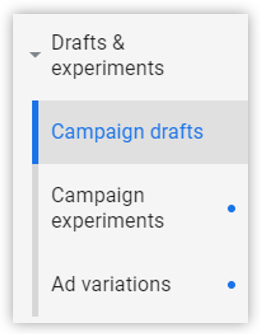
Missing conversions:
This perhaps is the most recurring mistake people make in their Google ads campaigns. Not tracking the conversion is like driving a car with the blindfolds on. Without conversion tracking, you can’t be certain which keywords are driving sales, how much you’re spending to obtain a lead or sale from your campaigns and the list continues.
Optimizing conversion of your Google ads campaign is an assured way to boost your return on investment (ROI). Make sure you set up as many conversion actions as you can on the basis of actions that the visitors take on your platform. You can set conversion tracking in Google Ads itself. For this, you can go in your Google Ads account, and then, settings > measurements > conversions.
Some examples of conversion actions are –
- Sales
- Phone call
- Newsletter signup
- Form submission
- Email sent
- Download of digital assets like ebooks or app

Creating only one ad variation per ad group:
If you’re creating just one ad per ad group or only one ad with one variation then you’re missing out big time. It is imperative that you create a few ad variations per ad group, not only will this shoot up the conversion rate but also keep down the costs.
Having a minimum of two or three effective ad copies within an ad group gives you the freedom to try out different calls-to-action and messaging and discover which one converts betters. Once you find the better performing ad, you can pause the other ads for that ad group and continue to test new ideas for the better performing ad.
Not adding ad extensions:
Not optimizing ad extensions for your Google ads can hurt your PPC campaign. Ad extensions are additional information that enhances your ads by highlighting the benefits and features of your products and services.
Using the right ad extension is a sure-shot way to increase your click rate and drive qualified traffic to your website. After all, they are just extra pieces of information that entice potential customers to click on your ads.
Google Ads houses a variety of useful ad extensions that you can incorporate in your PPC ad campaign. You can add sitelink extensions providing additional links to send people to relevant pages. You can add structured snippets highlighting the specific features of your business making for an easy preview. For mobile customers, you can add call extension that displays your phone number on the add or the message extension. There are many other types of ad extensions that you can add to your Google ad campaign to boost its performance.
Keep monitoring the performance of your ad extensions on a weekly basis to see which one converts better. Once you figure it out, you can pause those extensions which do not give conversions or try to fix their shortcomings.
Wrap up
Running a successful Google Ads campaign is a tricky job and requires a lot of experimentation and patience. Splurging on your ad campaign doesn’t necessarily equate to better results. Above mentioned are some of the most recurring Google Ads mistakes that we find in PPC campaigns and there are many others.
Making sure to address these issues while setting up your campaign can help in generating leads at a sustainable level. You can also read our other blog and learn how to enhance PPC campaign performance.
Even if after everything all this seems too daunting, you can always outsource Google Ads PPC services.

